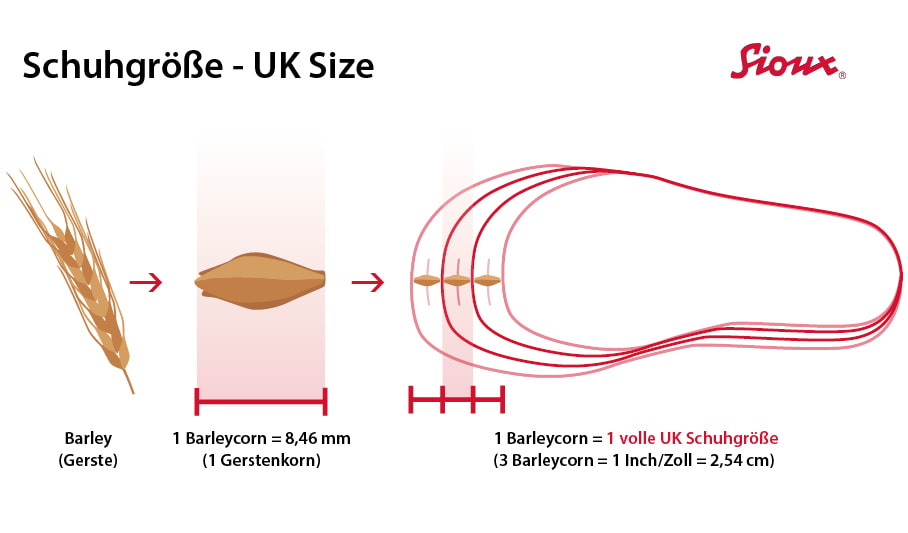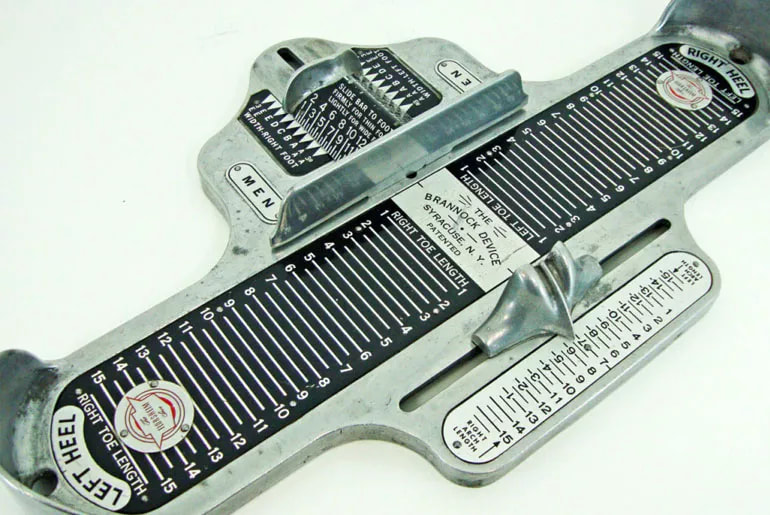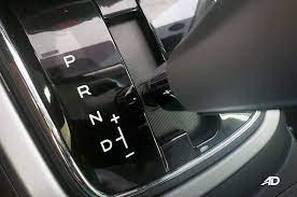|
Kids these days. Am I right? Thanks to Google and lazy teachers they get to learn all the cool stuff us older folk were never taught in school. Case in point, barley corn units. Now unless you are from medieval times (and not the entertainment restaurant) then there’s a good chance you’re like me and do not know what my daughter was talking about when she asked, “Hey dad, have you ever heard of barely corn units.” The answer was a you might have already guess, “No.” If your answer would have been “Yes! I do know what barely corn units are!” then you can jump pass my feeble attempt to describe what I learned today and go directly to the end of this post and read the other weird facts I learned while looking up the answer. Per Wikipedia, a barleycorn unit is an ancient “English unit of length equal to 1/3 of an inch. It is still used as the basis of shoe sizes in English-speaking countries.” That’s it. It seems my flatfooted daughter was putting her orthotics in her shoes when she wondered how they standardized shoe sizes. (Look, we all ask ourselves weird questions when it’s only us in our head, right?) I love her curious mind because it’s so much like mine. Thanks to it, here is the history behind this wildly unpredictable unit of measurement. On the website (appropriately called) Today I Found Out, they write, “During the reign of England’s Edward II (1284-1327), certain measurements became standardized. Most pertinent to the discussion at hand: Three barley-corns, round and dry, make an inch, twelve inches a foot, three feet a yard (ulna), five and a half yards a perch, and forty perches in length and four in breadth an acre. And while it seems like an arbitrary grain by which to with, Edward didn’t pull the idea for measuring things out of his crown. This method of measuring things, “and the cornerstone global trade” is nearly 4,000 years old. “In ancient Levant, 6 barley-corn were used to denote one Assbaa (a finger) and 32 Assbaas equaled a cubit (which was also 8 Cabdas (or palms).
While rumor has it that King Edward set the standard for shoe size system, it’s not actually be proven. One could argue “the only real contribution here was to set three barley-corn (specifically a kernel of barley-corn from the middle of the Ear to keep things as consistent as possible) as an official standard for the inch in response to pressure from tradesmen and the like who were fed up with the conflicting measurement standards of the day.” Eventually the marketplace would find agreement in shoe sizing. In his 1688 work The Academy of Armory and Blazon British genealogist Randle Holme writes that the shoemakers guild agreed that:
In other words the maximum shoe size was set at 13 which was exactly 13 inches. All other sizes were determined by counting in barleycorns backwards from 13. Give this standard, it’s obvious the NBA wasn’t around back then. Shaquille O’Neal has a size 23 shoe, which means I can fit a pair of my shoes in one of his! Today, an American size 8 is 1 barleycorn larger than a size 7. “The sizing generally adheres relatively closely to a formula of 3 times the length of the foot in inches (the barleycorn length), less a constant (22 for men and 21 for women).” That is to say, if my math is anywhere near correct, a man’s size 9 shoe means his foot is about 31 barleycorns (or 10 1/3 inches) long. And for while a woman who wears a size 7 has a foot size that is 28 barleycorn long (9 1/3 inch). It’s very close to the UK standard, but they set the constant at 23, which is unisex. Barefoot my daughter is one size. With orthotics, she’s a smaller size. Why? Because you might recall, I said she is flat footed. I assume she gets that from her mother’s Irish side.
0 Comments
Leave a Reply. |
Ian MacdonaldAn ex-copywriter turned punk rock pastor and peacemaker who dedicates his life to making the world a better place for all humanity. "that they all might be one" ~John 17:21“Prius vita quam doctrina.”
~ St. Thomas Aquinas (1225–1274) * “Life is more important than doctrine.”
Archives
June 2024
|



